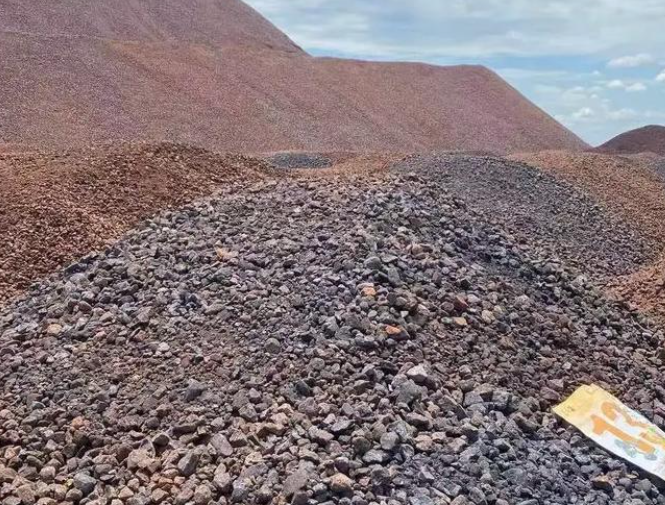For high-grade iron ores with an iron grade higher than 60%, the recommended mainstream smelting processes are as follows

1. Blast furnace ironmaking method (mainstream process)
Process principle: Iron ore reacts with coke and flux (limestone) at high temperature (2000 ℃), reducing iron oxides with carbon monoxide to produce liquid iron, and impurities form slag separation.
Applicability:
Mature and reliable, with low coke consumption (about 0.4-0.5 tons/ton of crude steel) when processing high-grade ores (≥ 60%).
Supporting sintering/pellet pretreatment is required: the mineral powder is made into sintered ore or pellet ore to improve the permeability and reaction efficiency of the furnace charge.
Advantages: Mature technology, large production capacity, accounting for over 70% of global steel production.
Limitations: Dependence on coke, high carbon emissions, requiring the use of gas circulation or carbon capture technology to reduce emissions.
2. Direct Reduction of Iron (DRI, environmentally friendly alternative)
Process principle: Reduce iron ore with natural gas or hydrogen at a temperature below the melting point of iron to produce solid sponge iron (DRI).
Applicability:
Suitable for high-grade block ore or ball ore (>67% Fe), with less impurities that facilitate direct reduction.
No need for coking and sintering, carbon emissions are 30% -50% lower than blast furnaces.
Advantages: Short process, minimal pollution, pure product suitable for electric arc furnace steelmaking.
Limitations: Dependence on natural gas resources, high equipment investment.
3. Flash ironmaking (cutting-edge technology)
Process principle: Mineral powder is sprayed into a high-temperature reaction tower and rapidly reduced within 3-6 seconds without the need for sintering pretreatment.
Applicability:
Efficiently processing low-grade ores, but also applicable to high-grade ores.
The energy consumption is only one-third of that of a blast furnace, and the carbon emissions are close to zero (if hydrogen is used).
Advantages: Increased efficiency by 3600 times and wide adaptability to raw materials.
Limitations: Currently in the experimental stage, large-scale industrialization still needs to be validated
 English
English  Español
Español  Português
Português  русский
русский  français
français  日本語
日本語  Deutsch
Deutsch  Tiếng Việt
Tiếng Việt  Italiano
Italiano  Nederlands
Nederlands  ไทย
ไทย  Polski
Polski  한국어
한국어  Svenska
Svenska  Malay
Malay  বাংলা
বাংলা  हिन्दी
हिन्दी  Pilipino
Pilipino  Türk
Türk  عربى
عربى  Indonesia
Indonesia  norsk
norsk  čeština
čeština  Українська
Українська  Javanese
Javanese  فارسی
فارسی  తెలుగు
తెలుగు  Burmese
Burmese  български
български  Latine
Latine  Azərbaycan
Azərbaycan  Српски
Српски  Esperanto
Esperanto  Afrikaans
Afrikaans  Català
Català  Cymraeg
Cymraeg  Беларус
Беларус  Hrvatski
Hrvatski  Kreyòl ayisyen
Kreyòl ayisyen  Shqiptar
Shqiptar  Bosanski
Bosanski  Кыргыз тили
Кыргыз тили  ಕನ್ನಡ
ಕನ್ನಡ  IsiXhosa
IsiXhosa  Chichewa
Chichewa  Somali
Somali  O'zbek
O'zbek  հայերեն
հայերեն  Sundanese
Sundanese  Malagasy
Malagasy 






